 |
|
|
plants text index | photo
index
|
| coastal plants |
| Kemunting Rhodomyrtus tomentosa Family Myrtaceae updated Nov 10 Where seen? This pretty wooly plant with pink flowers are planted at Chek Jawa along the visitor trails. According to Corners, it was common in Malaya especially in open sandy ground on the seashore or sand banks by the rivers. As he puts it, "it delights in hot sandy places". In Singapore, it is commonly found in adinandra belukar and beach forest areas. Features: Shrub about 3m tall. The young parts are whitish and woolly. The leaves have three distinct parallel veins, oblong and white and woolly underneath, arranged opposite. The pretty pink flowers (3-4cm) fade to white and do not have a fragrance. The berries are oblong topped by persistant sepals, ripening to purple and containing many tiny seeds. The fleshy berry is edible (sweet and aromatic) and eaten by birds, and children too. According to Corners, "it is a favourite among children because of its sweet edible fruits". Sometimes mistaken for the more common Sendudok (Melastoma malabathricum). Status and threats: According to Burkill, the edible fruit may be made into jams and used in tarts. The fruits are also used to treat dysentery, diarrhoea. The roots and leaves also used to treat diarrhoea, stomach aches and as a tonic after childbirth. The leaves are also used to treat wounds. Tar from its wood is used to blacken teeth and eyebrows. According to Wee, the Chinese use the leaves as a pain killer, roots to treat heartburn and seeds in a tonic for digestion, and to treat snake bites. In Malaysia, the roots, fruits and leaves are used to treat diarrhoea. In Indonesia, the leaves are used to treat wounds. |
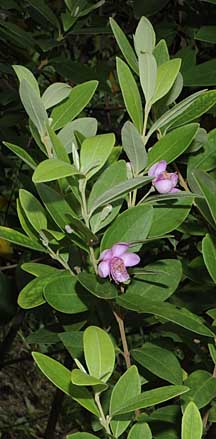 Changi, Sep 09 |
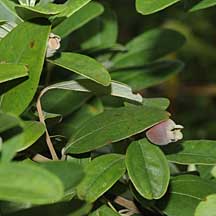 Changi, Sep 09 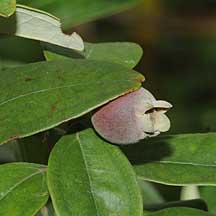 |
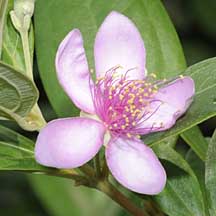 Changi, Sep 09 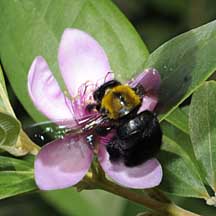 |
 Changi, Sep 09 |
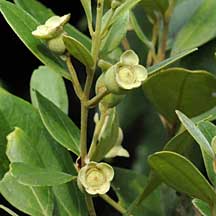 Chek Jawa, May 09 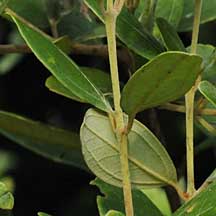 |
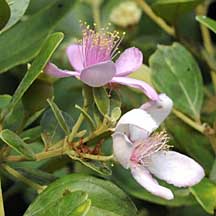 Chek Jawa, May 09 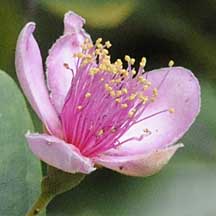 |
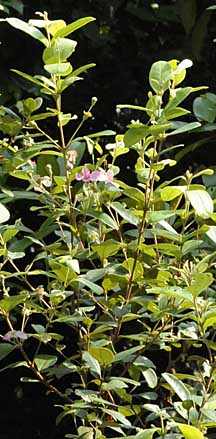 Chek Jawa, May 09 |
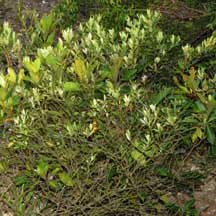 Growing wild on the natural cliff. St. John's Island, Sep 09 |
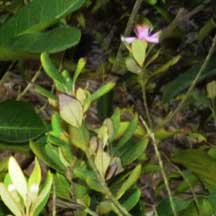 St. John's Island, Sep 09 |
Links
References
|
|
|